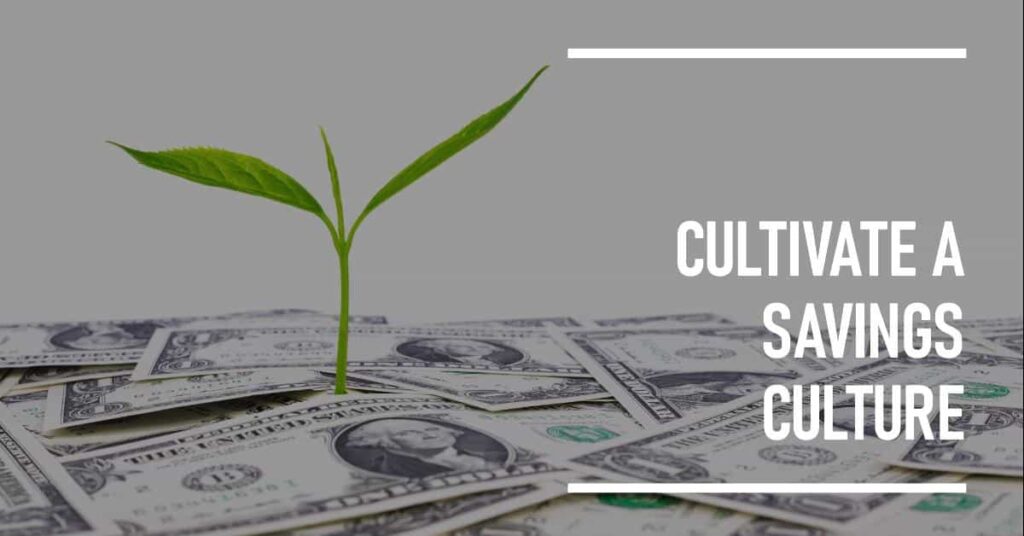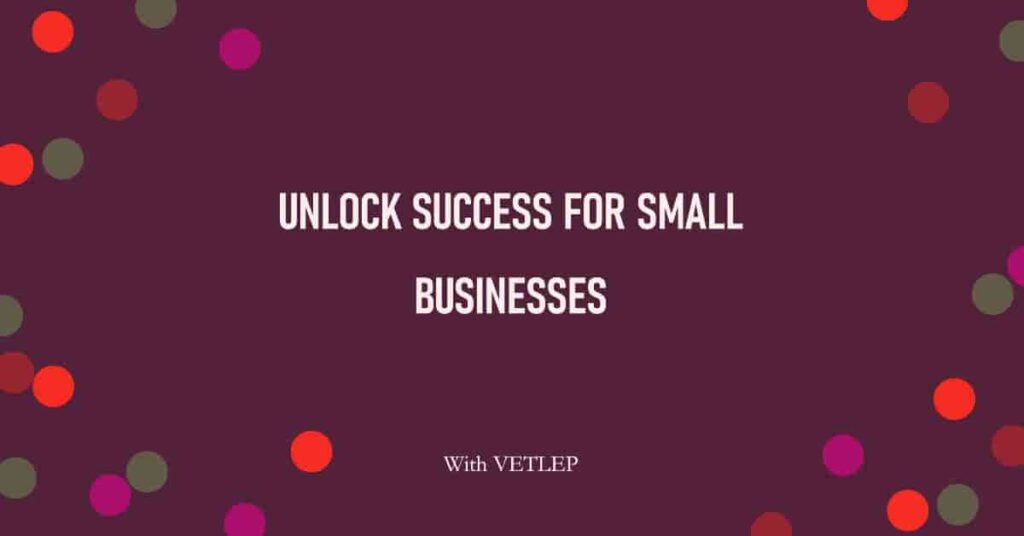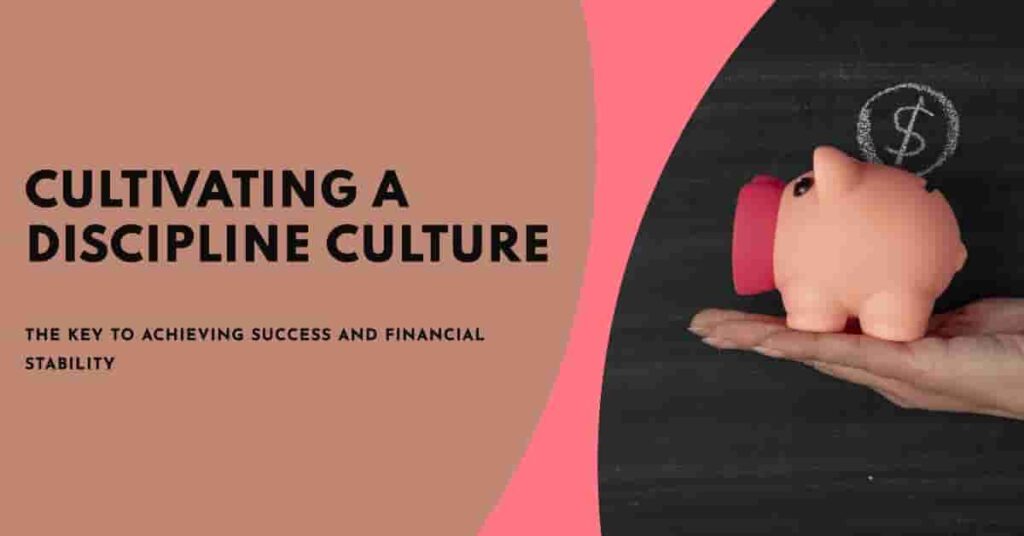Uplifting Lives: How Microcredit Loans Advance Economic Lifestyles
In many parts of the world, particularly developing economies, a significant portion of the population lives below the poverty line. These individuals often lack access to traditional financial services, hindering their ability to invest in themselves and their families. Microcredit loans, however, offer a glimmer of hope. By providing small, unsecured loans to low-income individuals, microfinance institutions (MFIs) empower them to launch or expand businesses, invest in education or healthcare, and ultimately, improve their economic well-being (Mersland & Wambui, 2006).
One of the primary ways microcredit advances economic lifestyles is by fostering entrepreneurship. These loans enable individuals to purchase inventory, rent a workspace, or acquire essential equipment, allowing them to turn their skills and ideas into income-generating ventures (Robinson, 2006). A study by the World Bank found that microcredit recipients in Vietnam experienced a significant increase in self-employment and business income (Beck et al., 2007). This newfound economic independence empowers individuals and families, giving them greater control over their financial destinies.
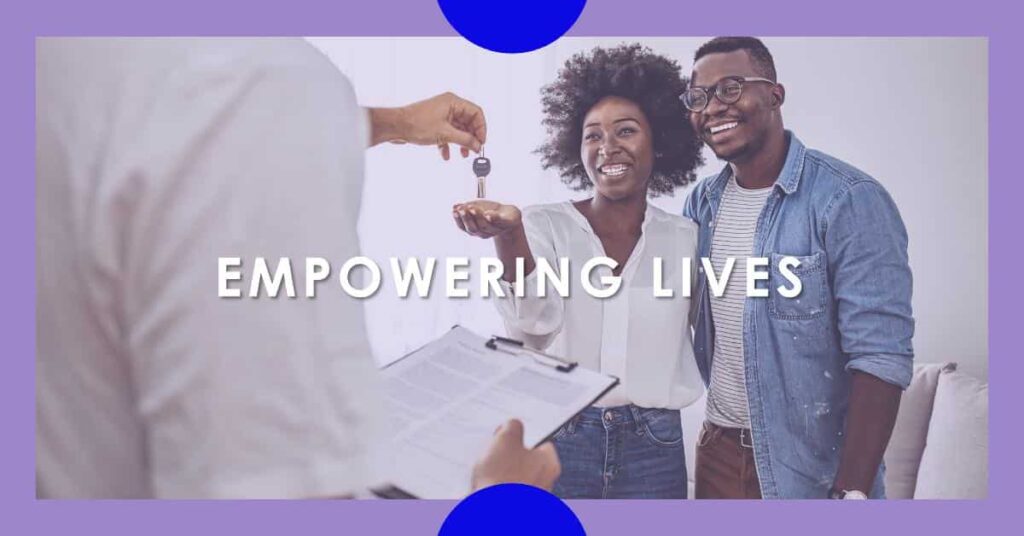
Beyond business ventures, microcredit loans can be used for investments in human capital. Individuals can use these funds to cover educational expenses for themselves or their children, leading to better job opportunities and higher future earnings (Batra et al., 2014). Additionally, microloans can be used to address healthcare needs, ensuring preventative care and timely treatment, which in turn improves overall health and productivity (Rhyne, 2006). Investing in education and health fosters a cycle of opportunity, allowing families to break free from poverty and build a brighter future.
It is important to acknowledge that microcredit is not a silver bullet. Repayment challenges, high interest rates, and a lack of financial literacy training can pose hurdles for borrowers (Cull et al., 2009). However, when implemented effectively, microcredit programs can be a powerful tool for economic empowerment. By providing access to financial resources, microloans open doors to a better quality of life, improved social mobility, and a more hopeful future for low-income individuals and families
In addition to the benefits of microcredit loans in advancing economic lifestyles, Valdymas entrepreneurial and transformational leadership empowerment program (VETLEP )offers a unique advantage through its entrepreneurial and transformational leadership empowerment program. VETLEP provides loans for small businesses without requiring collateral, recognizing that many entrepreneurs lack access to traditional forms of capital.
Moreover, VETLEP’s goal goes beyond mere financial support; it aims to empower business owners to become giants in their industries by providing the necessary tools, training, and mentorship to wisely utilize resources and maximize their potential. By focusing on entrepreneurial development and leadership empowerment, VETLEP helps small businesses grow and thrive, creating a ripple effect of economic growth and prosperity in their communities.
Through VETLEP, entrepreneurs gain access to:
- Collateral-free loans to support business growth
- Comprehensive business training and mentorship
- Leadership development programs to enhance entrepreneurial skills
- Networking opportunities with successful business leaders
- Ongoing support and guidance to ensure sustainable success
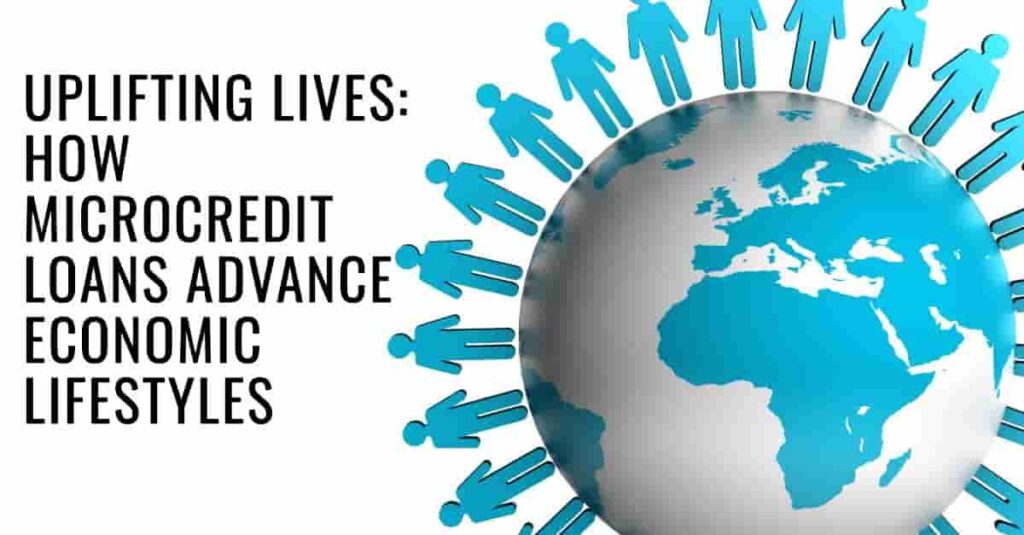
By investing in the growth and development of small businesses, VETLEP is not only improving economic lifestyles but also creating a new generation of business leaders who will drive economic growth and transformation in their communities.
References
Batra, G., Fernandes, A., & Rao, D. S. P. (2014). The impact of microfinance on human capital: Evidence from India. The Journal of Development Studies, 50(2), 222-241.
Beck, T., Demirgüç-Kunt, A., & Martínez Pería, M. H. (2007). Financial institutions and development in the XXI century. The World Bank.
Cull, R., Demirgüç-Kunt, A., & Morduch, J. (2009). Microfinance and the missing middle: The puzzle of why small MFIs don’t serve larger firms. Journal of Development Economics, 88(1), 86-109.
Mersland, R., & Wambui, G. (2006). Does microfinance really empower women? Evidence from Kenya. Journal of Development Studies, 42(1), 17-37.
Robinson, L. (2006). Microfinance and poverty reduction. Routledge.

